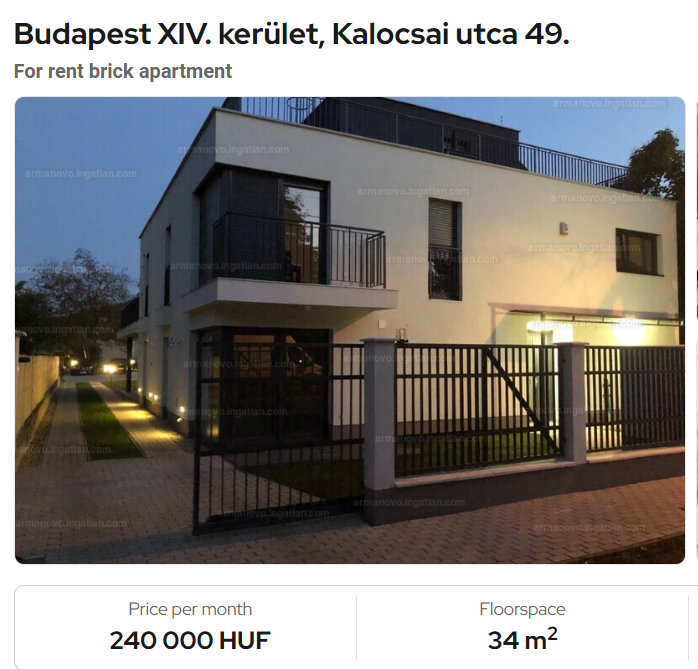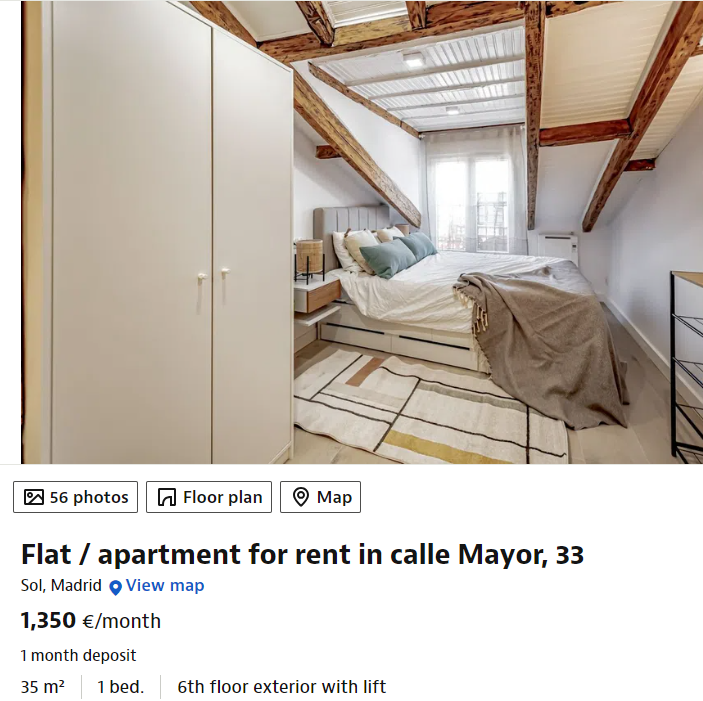As an Erasmus student from Spain living in Hungary for three months, I’ve had the chance to see firsthand how the cost of living stacks up between these two countries.
In this article, I will provide my point of view and experiences with groceries pricing, housing, renting and impact of inflation in both countries while always keeping in mind how inflation has affected both.
Groceries: Not Much Difference

One of the first things I noticed is that grocery prices in Hungary and Spain are pretty similar. Everyday items like bread, milk, fruits, and vegetables cost about the same in both places, which was a surprise, since I expected a more palpable difference.
Food, such as bread, milk, meat and else stack up to be around the same price, but as a youngster, I couldn’t help but to get my interest peaked by that items such as sweets, kinders and chocolates were somewhat cheaper in Spain.
For example, one “kinder joy” here in Hungary costs around 449 forints ( a little less more than one euro ), while in Spain, they cost around a little less than 50% more: 650 to 700 forints.
It’s a small comparison, but it helps us compare that while some things are cheaper, most of the others are generally around the same price.

Rent and Housing: Hungary Wins

The thing that I’ve discussed the most with my roommates is by far the pricing of housing and rent. As a foreigner, and a Spaniard at that, renting an apartment sound much more appealing in Hungary than in Spain. For instance, you can rent a ‘decent’ one-bedroom apartment in Budapest for around 150,000 + HUF (about 400 EUR) per month. In contrast, a similar very small apartment in the biggest cities in Spain, like Madrid or Barcelona, would be, like the very least, 1.500 + EUR (584,126 HUF), since we’re facing a lot of problems related to how expensive rent and housing is.
This makes Hungary a great options for students coming from foreign countries looking for budget-friendly housing. And yes, I know: It is not that cheap if you have a Hungarian wage, but that’s a point I will talk about later down the article.


Two places with a similar surface, although the Spanish flat has much less “usable” space. The Hungarian one costs around 645 EUR a month, while the Spanish one costs around 525,826 HUF. And you have to keep in mind that even though it says 35 square meters on the Spanish one, its only a one room studio, while apparently, the Hungarian one is still a whole flat.
Inflation: A Common Issue
Something I’m taking a lot into account is that, despite the lower housing costs, both Hungary and Spain are dealing with inflation. Prices for many items have gone up significantly over the past few years. For example, I remember buying a pack of biscuits for about 1 EUR (389 HUF) in Spain just three years ago. Now, that same pack costs 1.50 EUR (584 HUF), a 50% increase. I know that the situation is similar in Hungary, where prices for everyday items have also risen, making it more expensive to shop for basics.

Minimum Wage: The Real Difference

As I said, to really understand the cost of living, you have to consider the minimum wage in each country. Right now, the minimum official wage in Hungary is around 232,000 HUF per month (about 600 EUR), while in Spain, it’s about 1,080 EUR (418,046 HUF) per month. This means that while Hungary might seem cheaper to outsiders, the lower wages here make the cost of living higher relative to income for Hungarians.
What might seem affordable to a visitor from Spain or another higher-wage country might not be the same for someone earning a local wage. Still, as an ‘outside student’, used to my own country’s wage and prices, living in Budapest is somewhat cheaper, specially if you can count with a wage from “outside”.

In conclusion, my time as an Erasmus student has highlighted some interesting differences and similarities between living in Hungary and Spain. Groceries are similarly priced, but rent is significantly cheaper in Hungary. However, inflation is affecting both countries, making everything more expensive. And while Hungary might seem like a cheaper place to live, the lower minimum wage means that locals might not find it as affordable as visitors from higher-wage countries do.


Comments are closed.